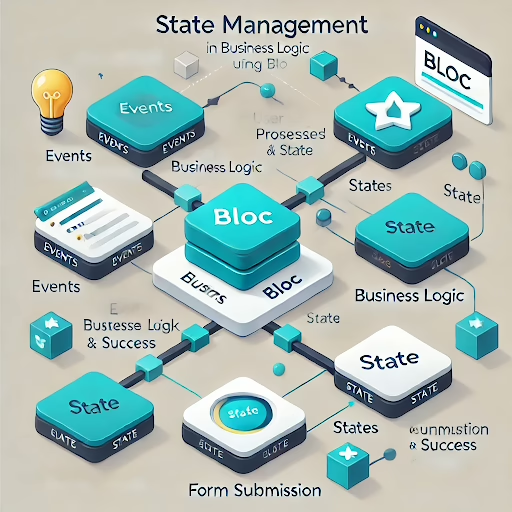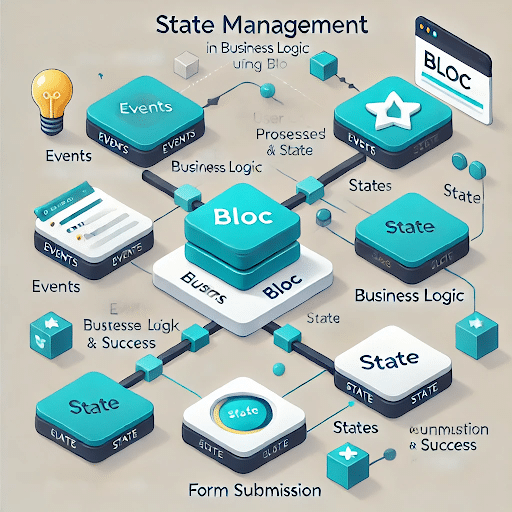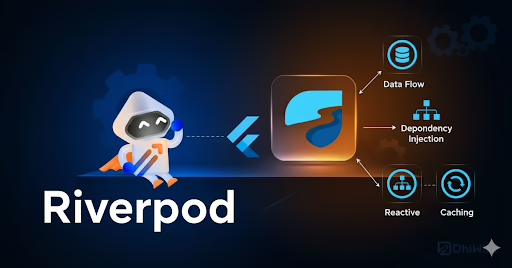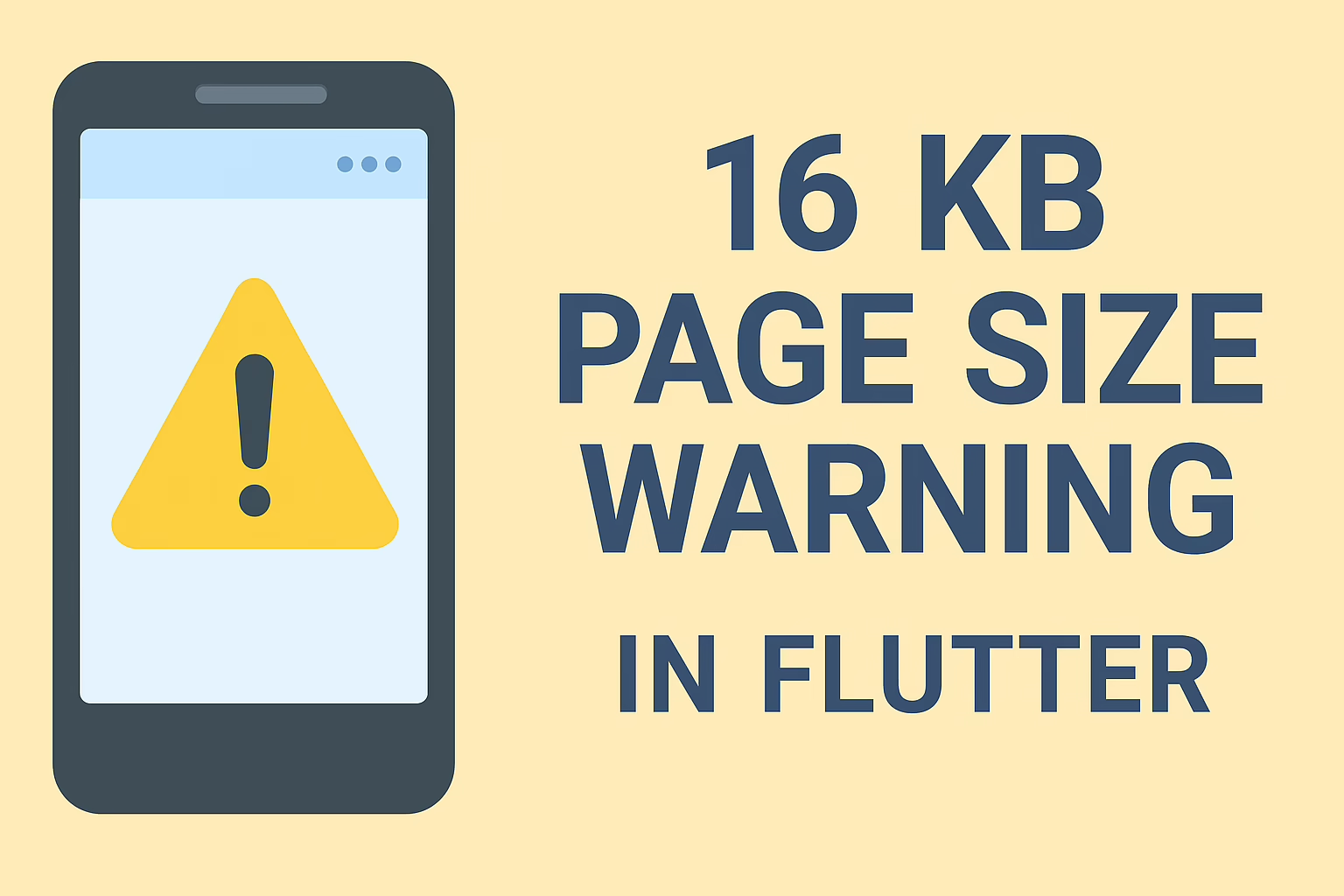Bloc (Business Logic Component) is a state management library in Flutter designed to manage the flow of data in an application by separating business logic from the UI. It follows the unidirectional data flow pattern, ensuring a predictable and consistent way to handle state changes in Flutter applications. This makes Bloc particularly useful for creating scalable and maintainable projects.
How Bloc State Management Has Helped Us in Projects
- Enhanced Code Maintainability
- Benefit: Bloc’s separation of UI and business logic has simplified the architecture, making it easier to manage and scale.
- Impact: Modular code improved readability and maintainability. This was particularly useful in large projects where multiple developers collaborated, reducing merge conflicts and confusion.
- Predictable State Flow
- Benefit: Bloc’s unidirectional state flow ensures predictable transitions, helping us understand clearly how data changes over time.
- Impact: Debugging became more straightforward as we could track the flow of events and resulting states, making it easier to identify and resolve issues quickly.
- Improved Testing Capabilities
- Benefit: Testing business logic independently of the UI became much easier. Bloc allowed for writing unit tests for each state transition.
- Impact: Bugs were caught early, ensuring more reliable and robust applications before reaching end users.
- Scalability for Complex Applications
- Benefit: As applications grew in size and complexity, Bloc’s structured approach to state management provided a clear way to add new features without introducing technical debt.
- Impact: Allowed us to handle complex workflows like real-time updates and multi-step processes seamlessly.
- Better Team Collaboration
- Benefit: Bloc’s consistency in state management made onboarding new team members simpler, as they only needed to learn one standard way of managing the state.
- Impact: Teams could collaborate more effectively, leading to faster development cycles and fewer misunderstandings.
- Enhanced User Experience
- Benefit: Smooth handling of loading, success, and error states improved applications’ responsiveness and visual consistency.
- Impact: Users experienced fewer glitches and interruptions, increasing satisfaction and engagement.
Challenges Faced While Using Bloc
- Initial Learning Curve
- Challenge: Understanding the Bloc pattern and its principles required time and effort, especially for developers new to reactive programming and streams.
- Solution: Conducted internal training sessions and reviewed Bloc documentation to ensure developers were comfortable with the framework.
- Verbose Code
- Challenge: Implementing Bloc often required creating multiple files (events, states, and Bloc classes), leading to verbosity.
- Solution: Leveraged tools like flutter_bloc to streamline development and adopted best practices for organizing code effectively.
- Performance Considerations
- Challenge: For very frequent state updates, such as real-time location tracking or chat systems, performance bottlenecks could arise.
- Solution: Optimized state management by carefully managing state emissions and using lightweight states when possible.
- Managing Complex State Transitions
- Challenge: When dealing with workflows involving multiple interdependent states, debugging became challenging.
- Solution: Used Bloc debugging tools, like the BlocObserver, to log events and state changes, which made troubleshooting easier.
- Integration with Existing Codebases
- Challenge: Incorporating Bloc into existing projects with different state management techniques required significant refactoring.
- Solution: Migrated gradually by replacing individual features or modules with Bloc-based implementations, ensuring smooth transitions.
- Code Duplication
- Challenge: Repetitive code patterns for creating similar Bloc classes, events, and states were a concern.
- Solution: Used code generation tools like Freezed to reduce boilerplate and improve efficiency.
Conclusion
Bloc State Management has proven to be an effective tool for building scalable and maintainable Flutter applications. While it introduced challenges, particularly in the initial setup and performance optimization, these were outweighed by the benefits of clear state transitions, improved collaboration, and enhanced user experiences. Overcoming these challenges required adopting best practices, ongoing learning, and leveraging the available tooling to maximize productivity.








